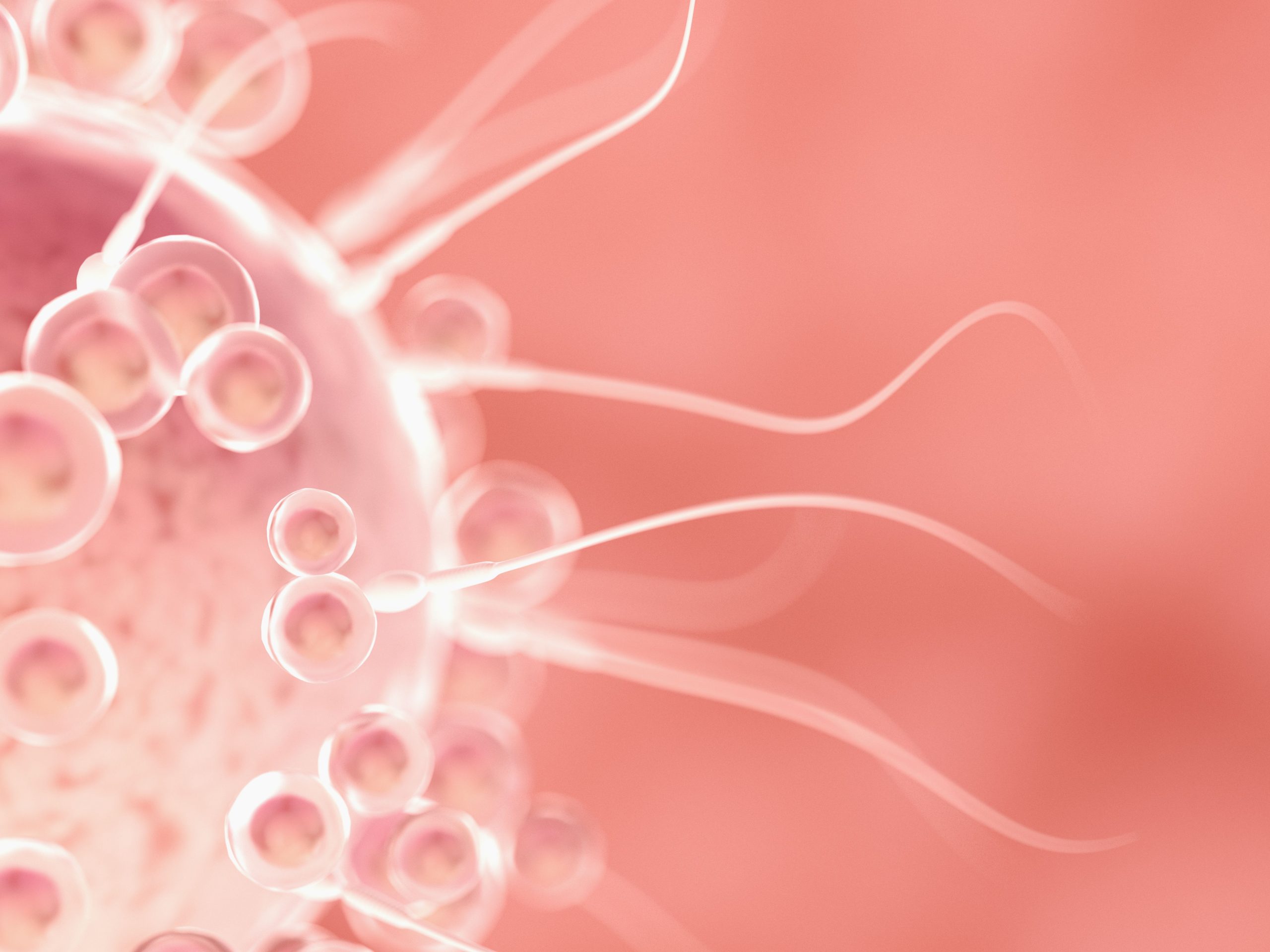Most of us sooner or later start dreaming about becoming parents. However, conceiving a child does not always come as easily as we would like to, and in the end we proceed with the IVF treatment. One of the key elements of the in vitro fertilization process is the collection of an egg, i.e. ovarian puncture. What does it look like step by step? You can read about it in our article.

Most of us sooner or later start dreaming about becoming parents. However, conceiving a child does not always come as easily as we would like to, and in the end we proceed with the IVF treatment. One of the key elements of the in vitro fertilization process is the collection of an egg, i.e. ovarian puncture. What does it look like step by step? You can read about it in our article.
Hormonal stimulation first
Before the egg is retrieved, the patient undergoes a hormonal stimulation. Its goal is to obtain more Graff follicles with mature eggs than in a normal cycle. Such stimulation lasts from few to several days, depending on whether the doctor has chosen a short or long stimulation protocol for the patient. When the ovarian follicle reaches a size of more than 16 mm, the doctor stops its growth. Then, about 36 hours before ovarian puncture, a woman administers a chorionic gonadotropin (hCG) to induce ovulation.
To make it on time before ovulation
You are probably wondering why it may not take more than 36 hours from the time of administration of chorionic gonadotropin to ovarian puncture? The doctor must make it before the Graff follicle bursts. This is very important, because the eggs are located in the fluid that fills the ovarian follicles.
In order to retrieve them, the ovaries are punctured with a thin needle inserted through the vagina. Everything is done under ultrasound control. During the procedure, the woman does not feel any pain or discomfort, because it is carried out under short general anesthesia, and the patient’s safety is supervised by an anesthesiologist at all times. The egg collection takes 15 to 20 minutes. After the procedure, the patient remains in the Clinic for about 2 hours. In the meantime, the patient also meets a doctor who selects special drugs for her. They are designed to prepare the uterus for the embryo transfer.
Fertilization? Only with the best cells!
Before the magical moment occurs and the fertilization takes place, the embryologist assesses all collected eggs and selects only the best ones. It is guided by certain criteria. First of all, the embryologist assesses their maturity, i.e. what phase they are in at the moment. Before the egg cell matures, it undergoes several divisions. Generally, oocytes are classified as: immature, almost mature, mature and degenerated, i.e. dead, having irregularities in structure. Degenerate and immature cells are basically rejected immediately because they cannot be used in the IVF procedure. However, mature cells with a visible directional body can be used.
The embryologist then assesses the mitotic spindle of the egg. This structure is very important because it ensures the correct propagation of chromosomes to the opposite poles of the cell. The embryologist finally proceeds to assess its structure. A normal, mature oocyte should have, above all, a bright cytoplasm and a smooth, round shape.
Keep your fertility for longer – i.e. oocytes freezing
More and more women are choosing to protect their fertility by freezing oocytes. There are many reasons. Ladies are afraid that cancer and related cancer treatment may deprive them of the possibility of conceiving a child in the future. Cryopreservation- because that is the professional name of egg cell freezing, are also decided by single ladies, who have not yet found a suitable candidate for a father for their child, but would like to become mothers one day.
After collection, the cells are stored in liquid nitrogen vapors, at -196 ° C. In such conditions, they can last for many years. Elapsed time will not affect their quality in any way. If a woman does not decide to use frozen cells, however, she can always hand them over for adoption.
When oocyte adoption becomes the only chance for a child – IVF with the donor’s egg
When the attending physician is certain that all methods of infertility treatment, including the traditional IVF, have not been successful, he suggests the IVF with the donor’s egg. Of course, before a woman becomes an egg donor, she must undergo a series of medical tests and meet certain requirements.
The collected oocyte is fertilized under laboratory conditions with the semen of the recipient’s partner, or possibly the donor’s semen. Such formed embryo is then placed (transferred) in the recipient’s uterus. In case of IVF with the donor’s egg, the patient does not undergo ovulation stimulation and does not have to undergo ovarian puncture. (the donor undergoes these procedures). The next stages – preparation for the transfer and the embryo transfer itself, however, look the same as in traditional IVF.
In Poland, the egg donation is anonymous for both, the donors and the recipients. The donor does not find out what woman her egg will go to. The recipient also does not know from which woman she received this cell – she can not meet her or talk to her. However, when choosing a donor for a couple, the infertility treatment clinic always takes into account the phenotypic similarity, i.e. appearance. Women donating eggs very often don’t realize how much they do for others. Thanks to them, a couple who, for health reasons, cannot have biological offspring, has a chance to fulfill the dream of parenthood.





